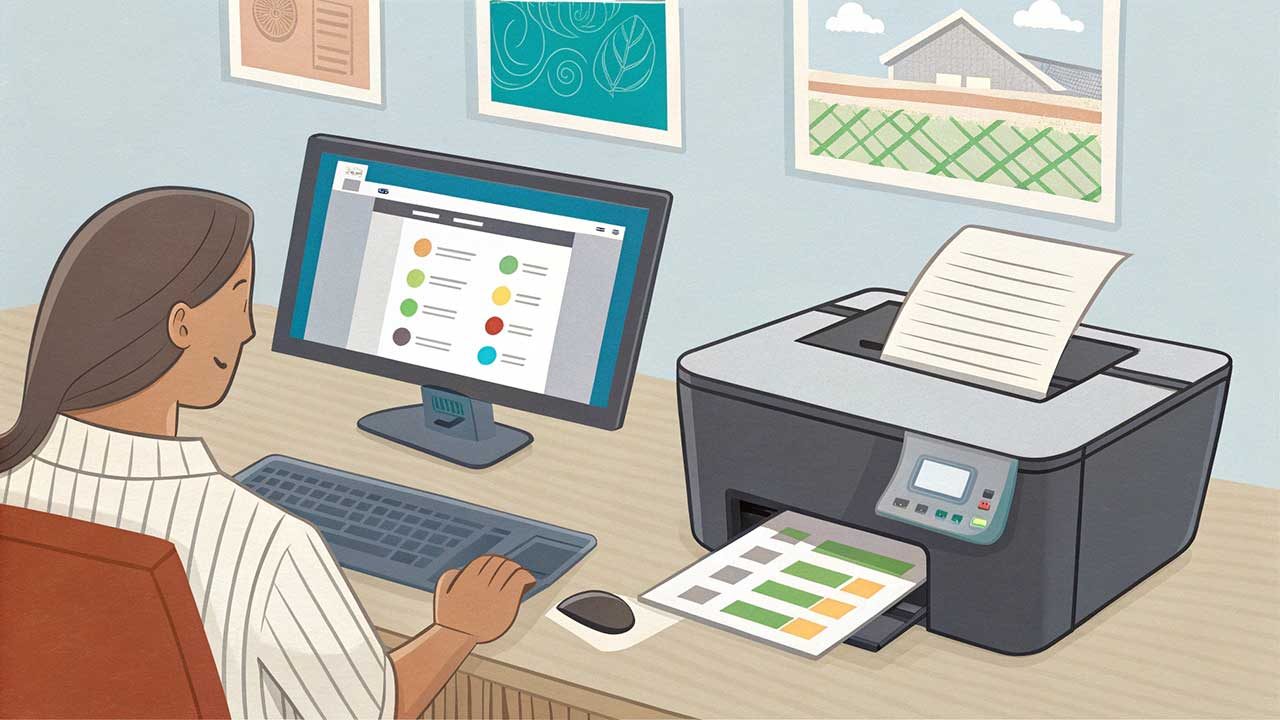Menperin optimistic about industry growth in Q2/2017
Rintiksedu.id – The Minister of Industry, Airlangga Hartarto, expressed his optimism about the growth of the industry in the second quarter of 2017. The increase in consumption during Ramadan and Eid al-Fitr is expected to contribute to the positive performance of various sectors in the industry. In this article, we will delve into the key factors driving the growth, particularly in the food and beverage sector, and the boost in the textile industry due to high demand for sarongs and Muslim clothing.
Increased consumption during Ramadan and Eid al-Fitr drives industry growth
Ramadan and Eid al-Fitr are significant periods for the Muslim community in Indonesia. The month of Ramadan involves fasting from dawn to sunset, and it is followed by Eid al-Fitr, a festive celebration. These occasions lead to an increase in consumption, particularly in the food and beverage sector. The Minister of Industry highlights the potential of this momentum in boosting the industry’s performance in the second quarter of 2017.
The increased consumption during Ramadan and Eid al-Fitr drives the demand for various food and beverage products. The Indonesian people tend to enjoy festive meals and snacks during this time, leading to a surge in the market. The demand for products like syrup, nata de coco, biscuits, and bread is projected to be high, positively impacting the growth of the sector.
Food and beverage sector projected to have positive growth
The Minister of Industry’s optimism stems from the projection that the food and beverage sector will experience positive growth in the second quarter of 2017. The increased consumption during Ramadan and Eid al-Fitr is expected to drive the demand for various food and beverage products.
The demand for syrup, often used for sweetening beverages and desserts, is expected to see a significant increase. Products like nata de coco, a jelly-like substance made from coconut water, are also expected to be in high demand. Additionally, biscuits and bread, which are commonly consumed during festive gatherings, will experience a surge in sales.
Overall, the food and beverage sector is expected to contribute to the growth of the industry in the second quarter of 2017.
Reasonable prices of food and beverage products
As the demand for food and beverage products increases during Ramadan and Eid al-Fitr, concerns about prices may arise. However, the Minister of Industry assures the public that the prices of these products are within a reasonable range.
The government, in collaboration with industry players, ensures that the prices of food and beverage products do not burden consumers. Efforts are made to maintain fair prices and prevent any potential price manipulation.
As consumers enjoy the festive season, they can rest assured that they will not face excessive price increases for essential food and beverage items.
Textile industry to be boosted by high demand for sarongs and Muslim clothing
With the celebration of Eid al-Fitr, the demand for sarongs and Muslim clothing experiences a significant increase. This surge in demand provides a boost to the textile industry.
Sarongs, a traditional garment worn by many Indonesians, are particularly popular during Eid al-Fitr. Additionally, Muslim clothing, such as hijabs and abayas, is in high demand. Indonesian textile manufacturers seize this opportunity to meet the market’s needs and contribute to the growth of the industry.
The high demand for sarongs and Muslim clothing during the festive period generates employment opportunities and stimulates the overall performance of the textile industry.
Book launch by ISTMI and PII provides insights into industry performance
ISTMI (Indonesia Services and Trade Monitoring Institute) and PII (Indonesia’s Survey Institute) recently launched the book titled “Indonesia Industry Updates 1st Quarter 2017”. This publication offers valuable insights into the performance and challenges faced by various sectors in the Indonesian industry.
The book provides comprehensive data and analysis, enabling policymakers, industry players, and researchers to gain a deeper understanding of the industry’s dynamics. It sheds light on the achievements, setbacks, and potential strategies for future growth.
The launch of this book further emphasizes the commitment to transparency and knowledge sharing within the industry, facilitating informed decision-making and fostering collaboration among stakeholders.
Conclusion
In conclusion, the industry in Indonesia is expected to experience growth in the second quarter of 2017, driven by increased consumption during Ramadan and Eid al-Fitr. The food and beverage sector will see positive growth, particularly in the demand for products like syrup, nata de coco, biscuits, and bread. The textile industry will also be boosted by the high demand for sarongs and Muslim clothing. The Minister of Industry assures the public that the prices of food and beverage products will remain within a reasonable range, ensuring consumer satisfaction. Additionally, the book launch by ISTMI and PII provides valuable insights into the industry’s performance, enabling stakeholders to make informed decisions and collaborate for further growth.
FAQ
1. Bagaimana cara menghitung harga pokok produksi makanan?
Harga pokok produksi makanan dapat dihitung dengan menjumlahkan semua biaya yang terkait dengan produksi makanan, termasuk bahan baku, tenaga kerja, biaya overhead, dan lain-lain. Dalam beberapa kasus, metode perhitungan harga pokok produksi seperti full costing atau direct costing juga dapat digunakan.
2. Apa yang harus diperhatikan dalam menghitung harga pokok produksi makanan?
Ketika menghitung harga pokok produksi makanan, penting untuk memperhatikan semua komponen biaya yang terkait dengan proses produksi. Hal ini meliputi bahan-bahan baku yang digunakan, upah tenaga kerja, biaya overhead, dan biaya terkait lainnya. Menyelenggarakan sistem pencatatan yang akurat juga penting dalam melakukan perhitungan yang tepat.
3. Apakah ada perbedaan metode perhitungan harga pokok produksi antara makanan yang diolah di rumah dan makanan yang diproduksi dalam skala industri?
Ya, terdapat perbedaan dalam metode perhitungan harga pokok produksi antara makanan yang diolah di rumah dan makanan yang diproduksi dalam skala industri. Pada makanan yang diolah di rumah, biaya produksi seperti bahan baku dan tenaga kerja mungkin lebih sulit untuk ditentukan dengan pasti. Namun, pada makanan yang diproduksi dalam skala industri, biaya-biaya ini dapat dihitung lebih akurat dengan menggunakan metode perhitungan yang terstruktur.
4. Apa persamaan antara metode full costing dan direct costing dalam menghitung harga pokok produksi makanan?
Baik metode full costing maupun direct costing merupakan pendekatan yang digunakan dalam menghitung harga pokok produksi makanan. Kedua metode ini memperhitungkan biaya bahan baku dan biaya tenaga kerja langsung yang terkait dengan produksi makanan. Perbedaan utama antara kedua metode ini terletak pada perlakuan terhadap biaya overhead, di mana metode full costing memasukkan seluruh biaya overhead ke harga pokok produksi, sementara metode direct costing hanya memasukkan biaya overhead variabel.
5. Apa keuntungan menggunakan metode full costing dalam menghitung harga pokok produksi makanan?
Keuntungan menggunakan metode full costing dalam menghitung harga pokok produksi makanan adalah memperhitungkan semua biaya yang terkait dengan produksi, termasuk biaya overhead. Dengan memasukkan semua biaya, perhitungan harga pokok produksi menjadi lebih komprehensif dan konsisten. Hal ini dapat membantu dalam pengambilan keputusan terkait penetapan harga jual dan perencanaan produksi yang lebih akurat.
6. Bagaimana cara mengoptimalkan harga pokok produksi makanan?
Untuk mengoptimalkan harga pokok produksi makanan, terdapat beberapa strategi yang dapat diterapkan. Pertama, melakukan analisis biaya untuk mengidentifikasi komponen biaya yang dapat ditekan atau diefisiensi. Kedua, mencari pemasok dengan harga bahan baku yang lebih kompetitif. Ketiga, memperbaiki proses produksi untuk meningkatkan efisiensi. Terakhir, memperhatikan strategi pemasaran untuk memaksimalkan penjualan dan keuntungan.
7. Apakah ada faktor-faktor risiko yang perlu diperhatikan dalam menghitung harga pokok produksi makanan?
Ya, terdapat faktor-faktor risiko yang perlu diperhatikan dalam menghitung harga pokok produksi makanan. Beberapa faktor risiko meliputi fluktuasi harga bahan baku, perubahan regulasi yang mempengaruhi biaya produksi, perubahan permintaan pasar, dan fluktuasi nilai tukar mata uang. Mengidentifikasi dan memperhitungkan faktor-faktor risiko ini penting dalam melakukan perencanaan keuangan yang akurat dan menjaga kelangsungan operasional bisnis.
8. Apakah ada program pemerintah yang mendukung pengusaha makanan dalam menghitung harga pokok produksi?
Terdapat program pemerintah yang mendukung pengusaha makanan dalam menghitung harga pokok produksi. Misalnya, pemerintah dapat memberikan pelatihan dan bimbingan mengenai metode perhitungan yang tepat. Selain itu, pemerintah juga dapat memberikan insentif fiskal, seperti pembebasan pajak atau pemotongan tarif, untuk membantu pengusaha makanan dalam mengelola biaya produksi dengan lebih efisien.
9. Apakah ada sumber daya atau referensi yang dapat digunakan untuk mempelajari lebih lanjut tentang cara menghitung harga pokok produksi makanan?
Untuk mempelajari lebih lanjut tentang cara menghitung harga pokok produksi makanan, terdapat beberapa sumber daya atau referensi yang dapat digunakan. Beberapa di antaranya adalah buku atau panduan yang mengulas topik ini secara rinci, pelatihan atau seminar yang diselenggarakan oleh lembaga atau asosiasi terkait, dan juga sumber informasi online seperti situs web atau blog yang mengkhususkan diri dalam bidang manajemen bisnis atau industri makanan.
10. Bagaimana cara menjaga agar harga pokok produksi makanan tetap kompetitif?
Untuk menjaga agar harga pokok produksi makanan tetap kompetitif, perlu dilakukan beberapa strategi. Pertama, melakukan analisis biaya secara periodik untuk mengidentifikasi dan mengelola komponen biaya yang dapat ditekan. Kedua, mencari pemasok dengan harga bahan baku yang lebih kompetitif. Ketiga, meningkatkan efisiensi produksi agar dapat mengurangi biaya tenaga kerja dan biaya overhead. Terakhir, menjaga manajemen persediaan yang baik untuk menghindari kerugian akibat pemborosan atau kerusakan bahan baku.







